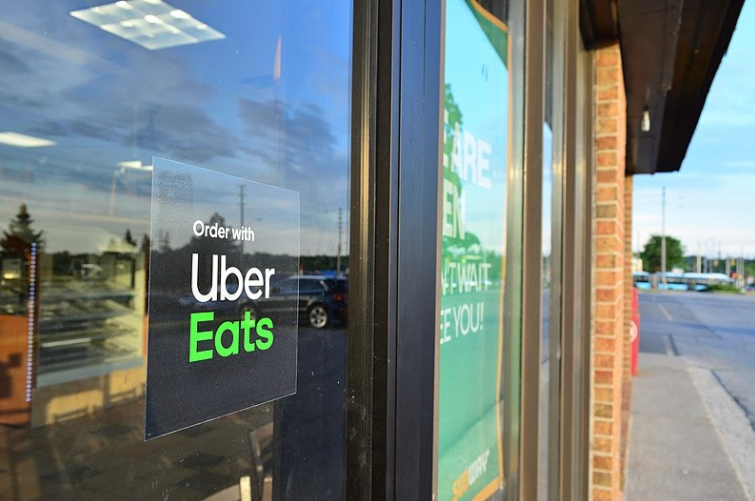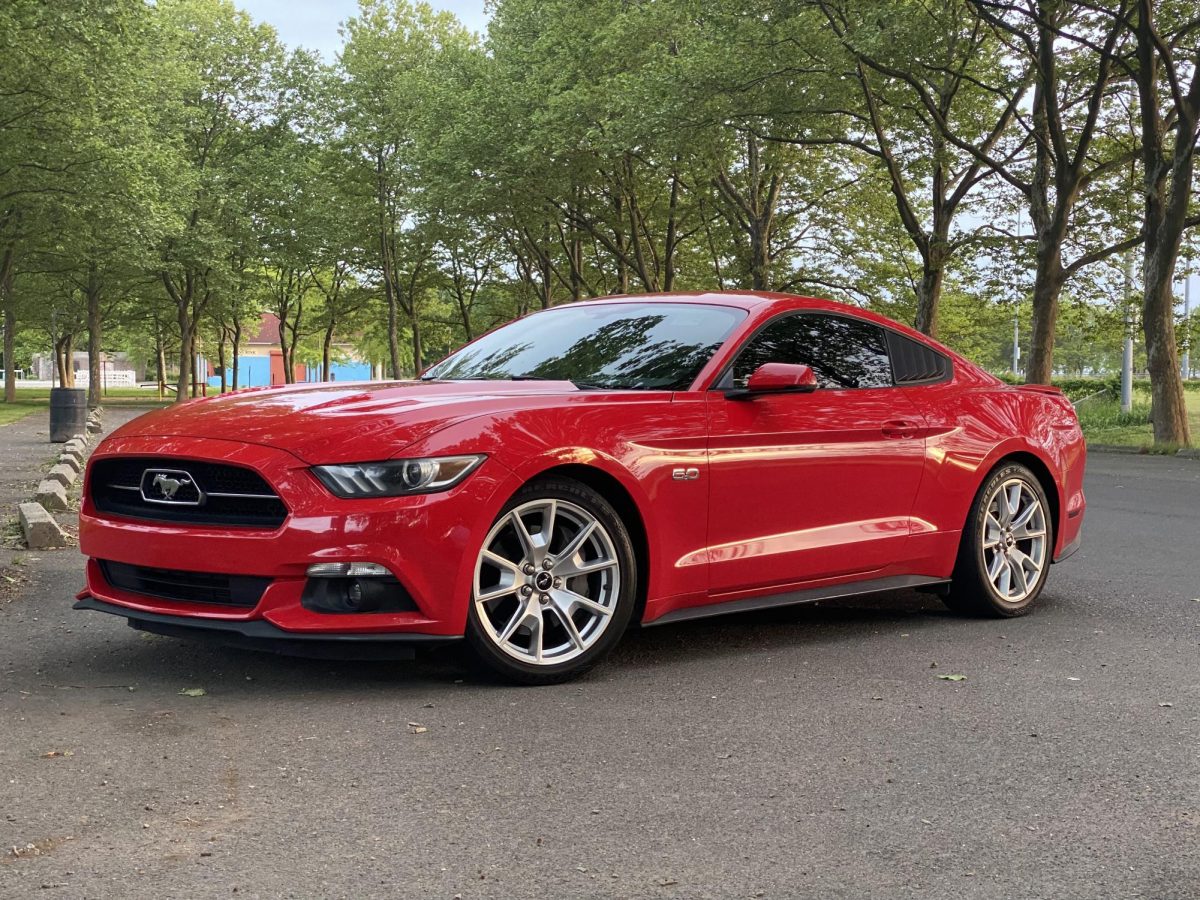The Rise of the Online Food Delivery
January 29, 2021
Let’s say that you’re hungry for lunch but do not really have time to make something for yourself. Pull an app on your phone and you have many options for food that you can deliver online.The industry has grown exponentially since the start of the pandemic and has become many people’s primary means of getting a quick bite to eat. According to USA Today, a research report showed that more than half, or 54%, of all restaurant sales will be digital which are 70% higher than Pre-COVID-19 estimates.
“Covid-19 has increased my use of Uber Eats.” Junior Anthony Giordano states, a Foran High School student who is also a frequent Uber Eats user. Another issue restaurants have been having during COVID is managing to keep the restaurants open while keeping people safe inside. Many restaurants have now expanded their outdoor dining section as Covid-19 is more transmissible inside than outside. “I believe many people are scared to go out to a restaurant, with Uber eats they can have their favorite restaurant food in the safeness of their home.”
In terms of the people who deliver for these services, it’s a somewhat different story. Tyler Koeing is a college student who delivers for Doordash. “I use DoorDash and only started mid pandemic. I’ve been doing it for about six months on and off now that I have a full time job.” Whether restaurants, especially small business ones can genuinely benefit from these services is a different story as well. According to Bloomberg News, in April of 2020, a group of New Yorkers sued Grubhub, Uber Eats, Postmates, and Doordash, while accusing them of trying to use their market power to stop restaurants from discounting meals, despite it being cheaper for them to do so. The customers from New York say that the delivery services charge fees that range from 13% to 40% of revenue, while the average restaurant’s profit ranges from 3% to 9%, which makes delivery meals more expensive for restaurants. “I’m not sure about the fees that go into using DoorDash as a vendor or restaurant, so I’m not sure how much they profit off of these orders. I think delivery services such as DoorDash could be a saving grace however, because there’s already infrastructure for delivery for companies/restaurants who haven’t needed it previously.”
In terms of the delivery people for these services, they are classified as independent contractors instead of employees. In California, a state ballot named Preposition 22 passed on Election Day of last year that would still continue to classify app based drivers and deliverers as independent contractors. This means that they do not have the same benefits as employees and was supported by a $185 million campaign by companies such as Lyft, Uber, and Doordash. “I don’t know much about Preposition 22 so I can’t speak to it with conviction as it’s a multifaceted issue. Personally I believe the company should be responsible for the people making deliveries and consider them employees as they work directly with the company to bring in profit, and are paid by the company as a result.”
Nonetheless, the online food delivery is rapidly changing the food industry and is set to be worth $200 billion by 2025, according to Forbes.








